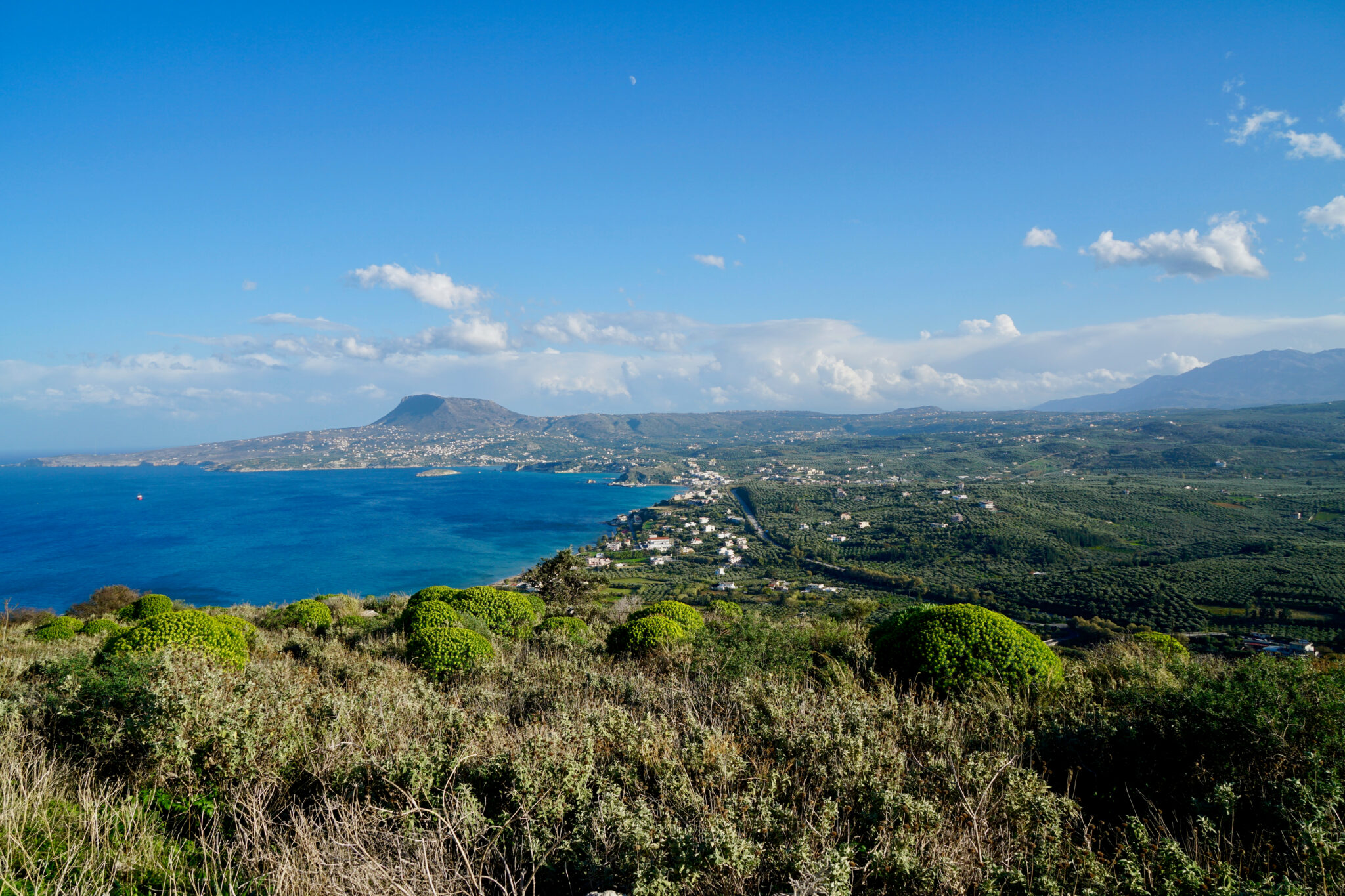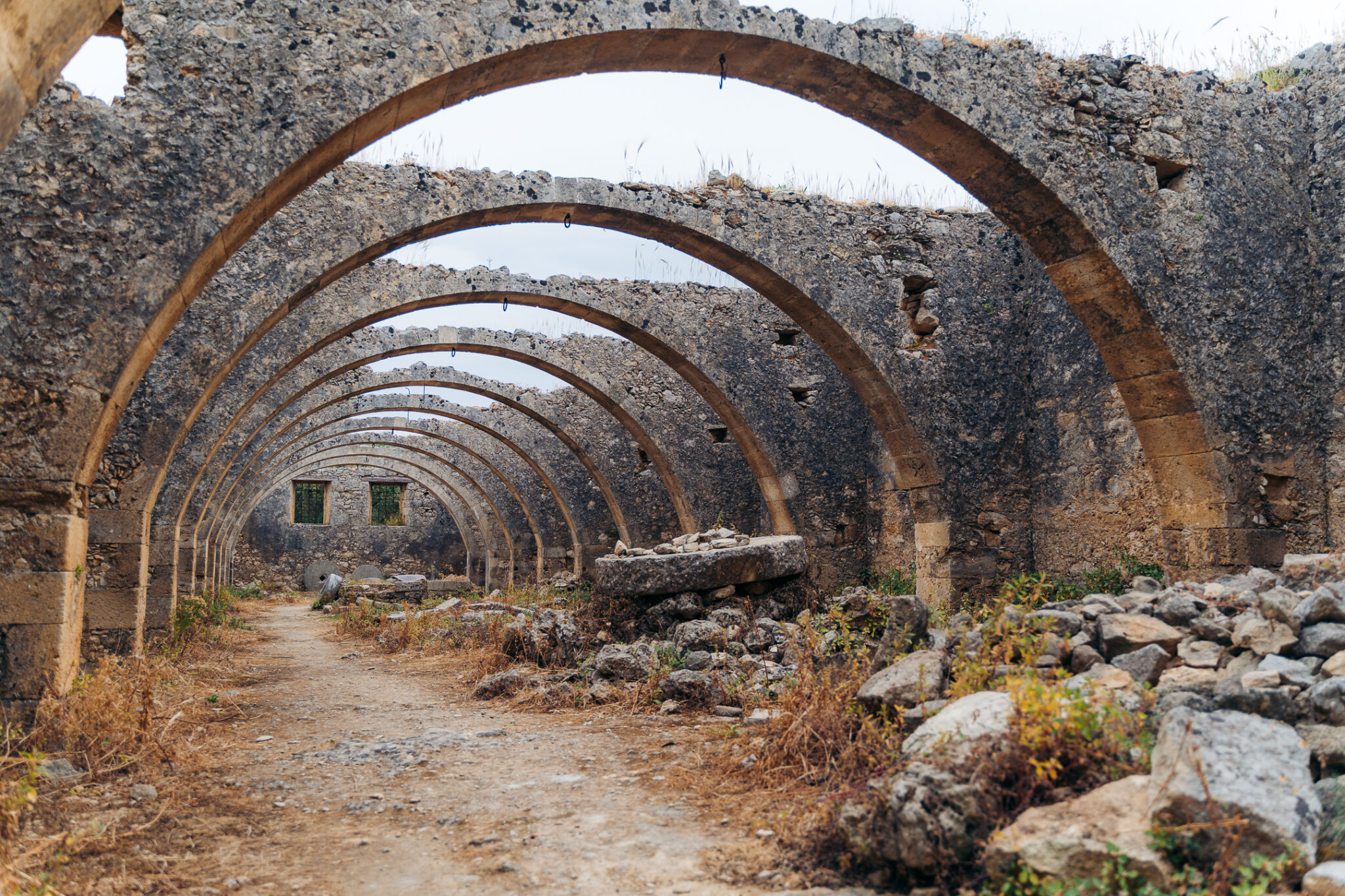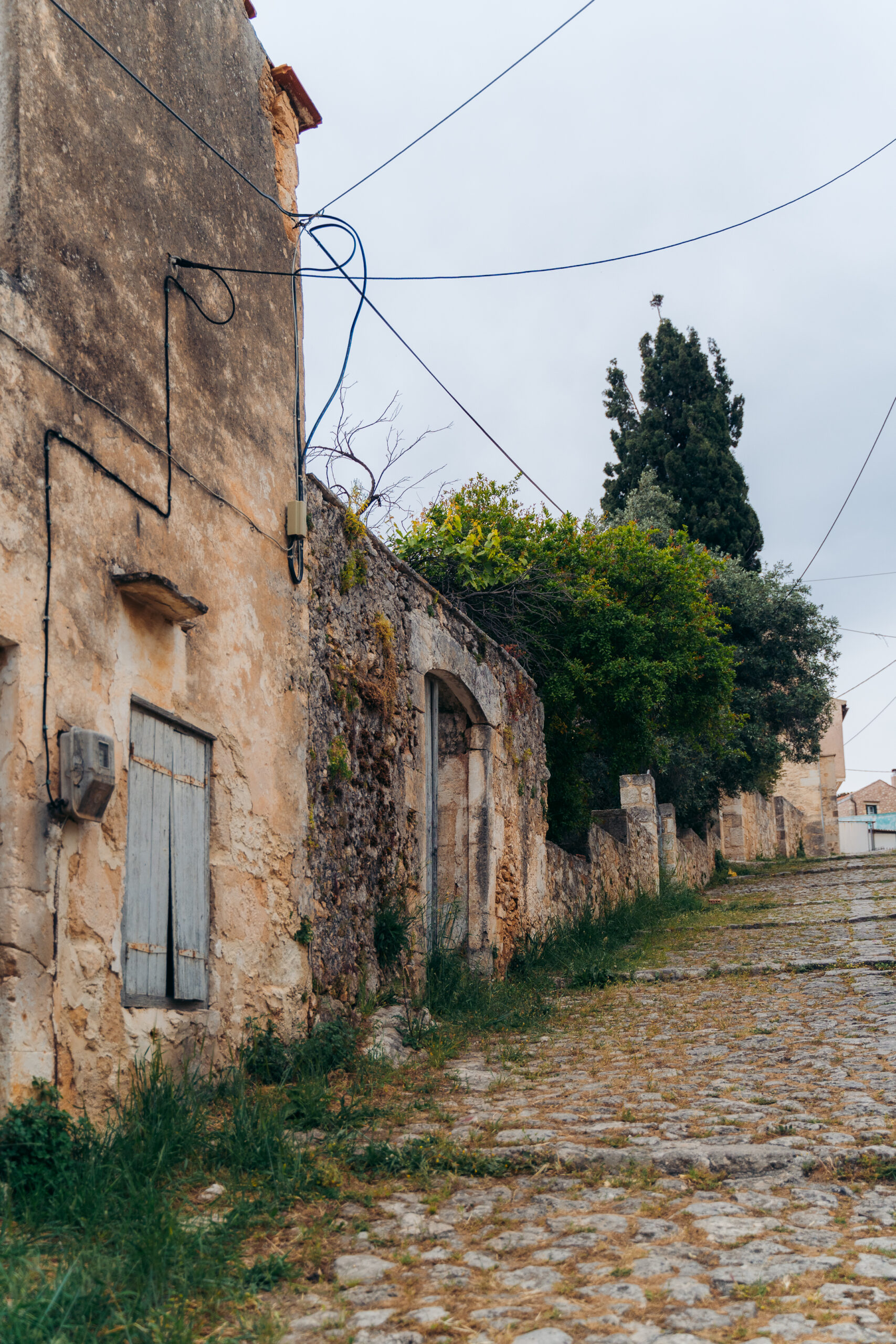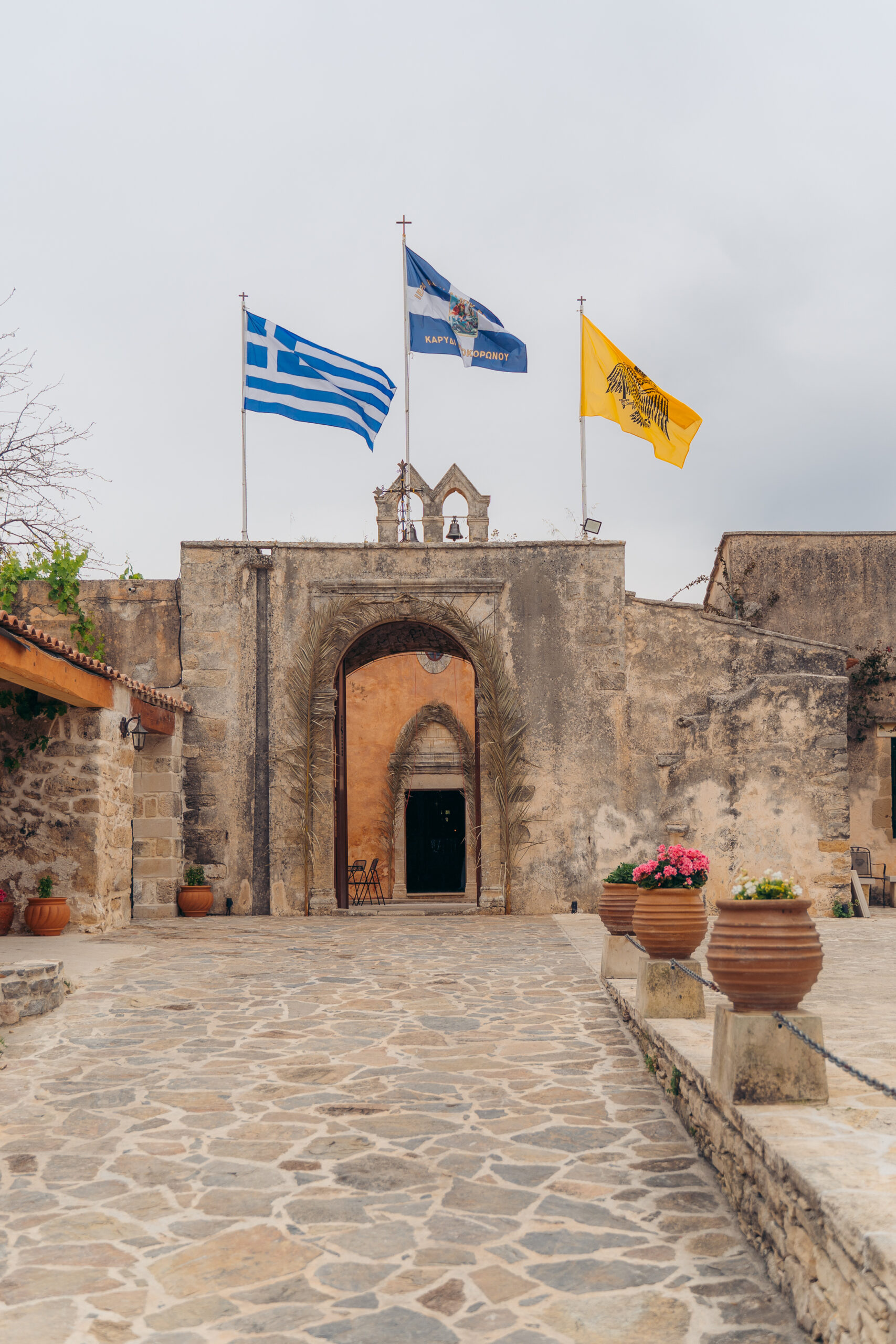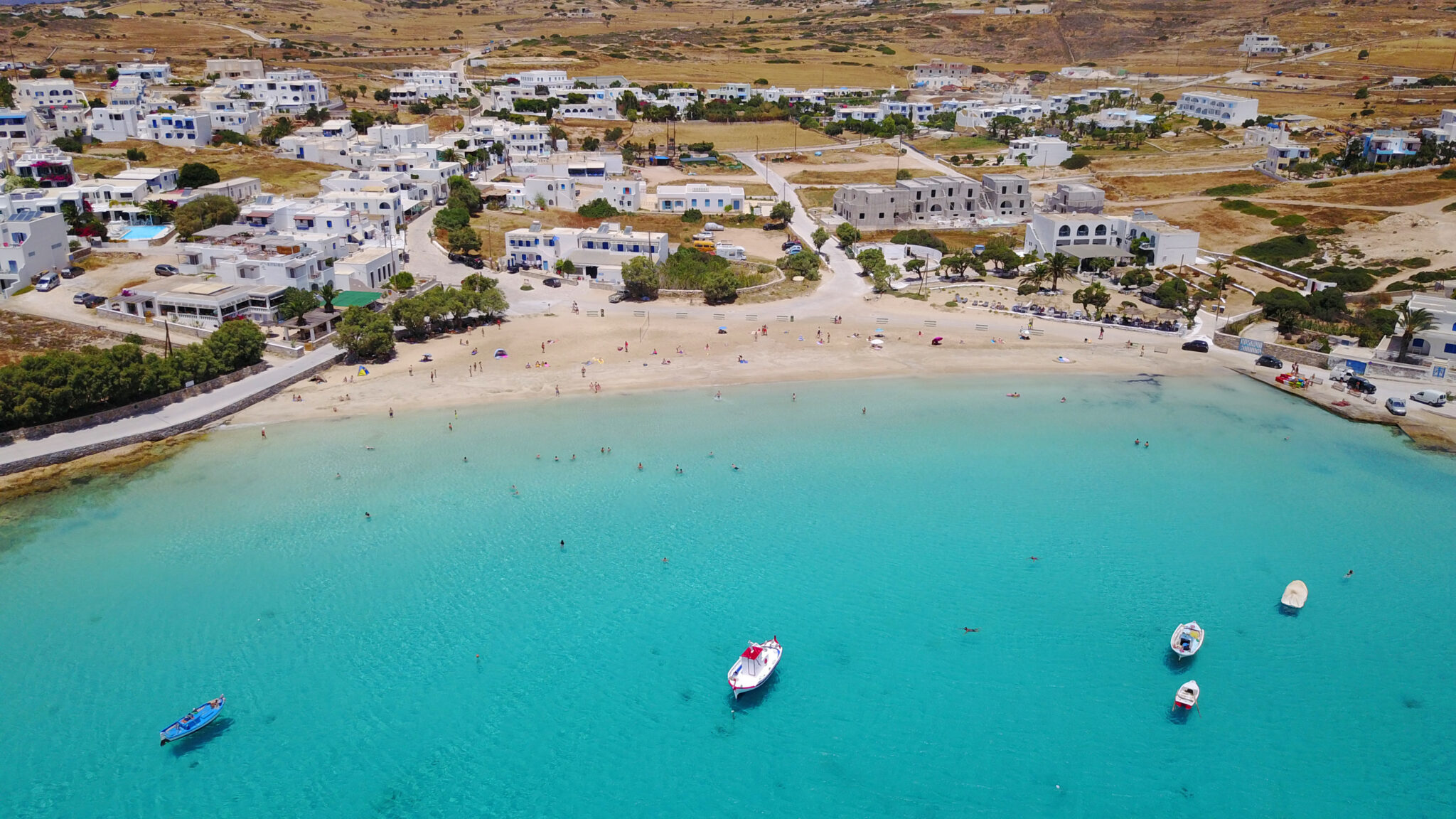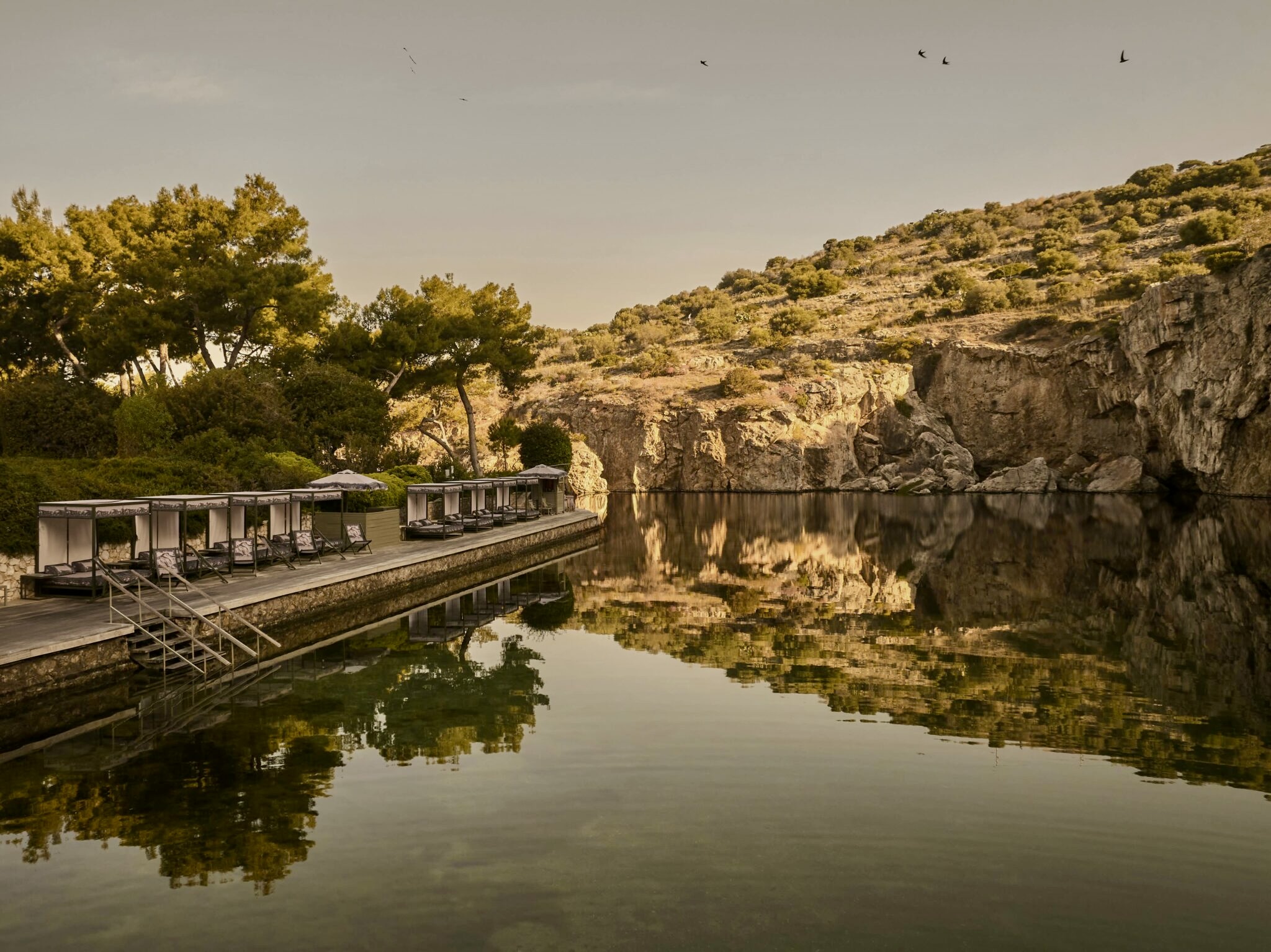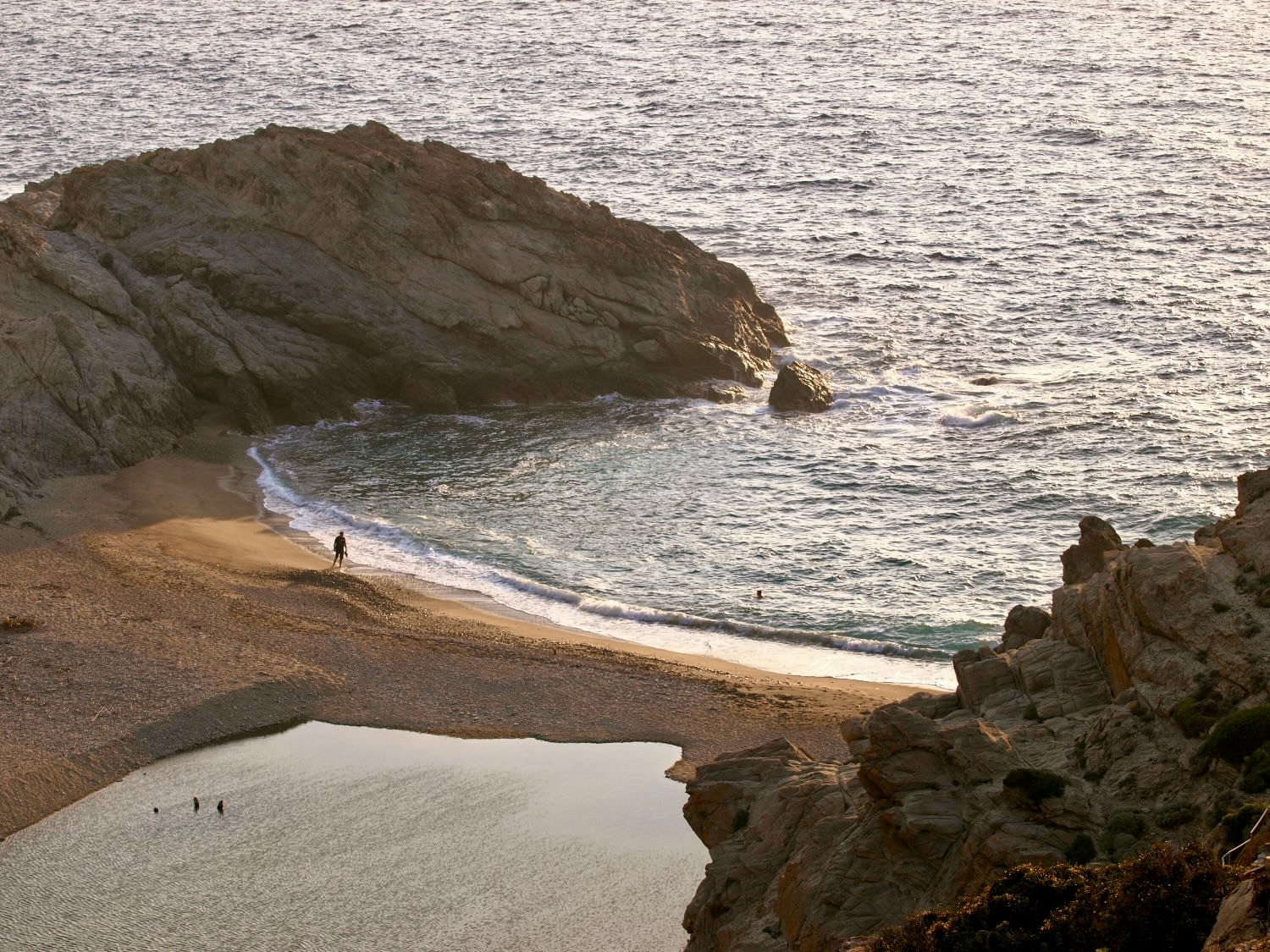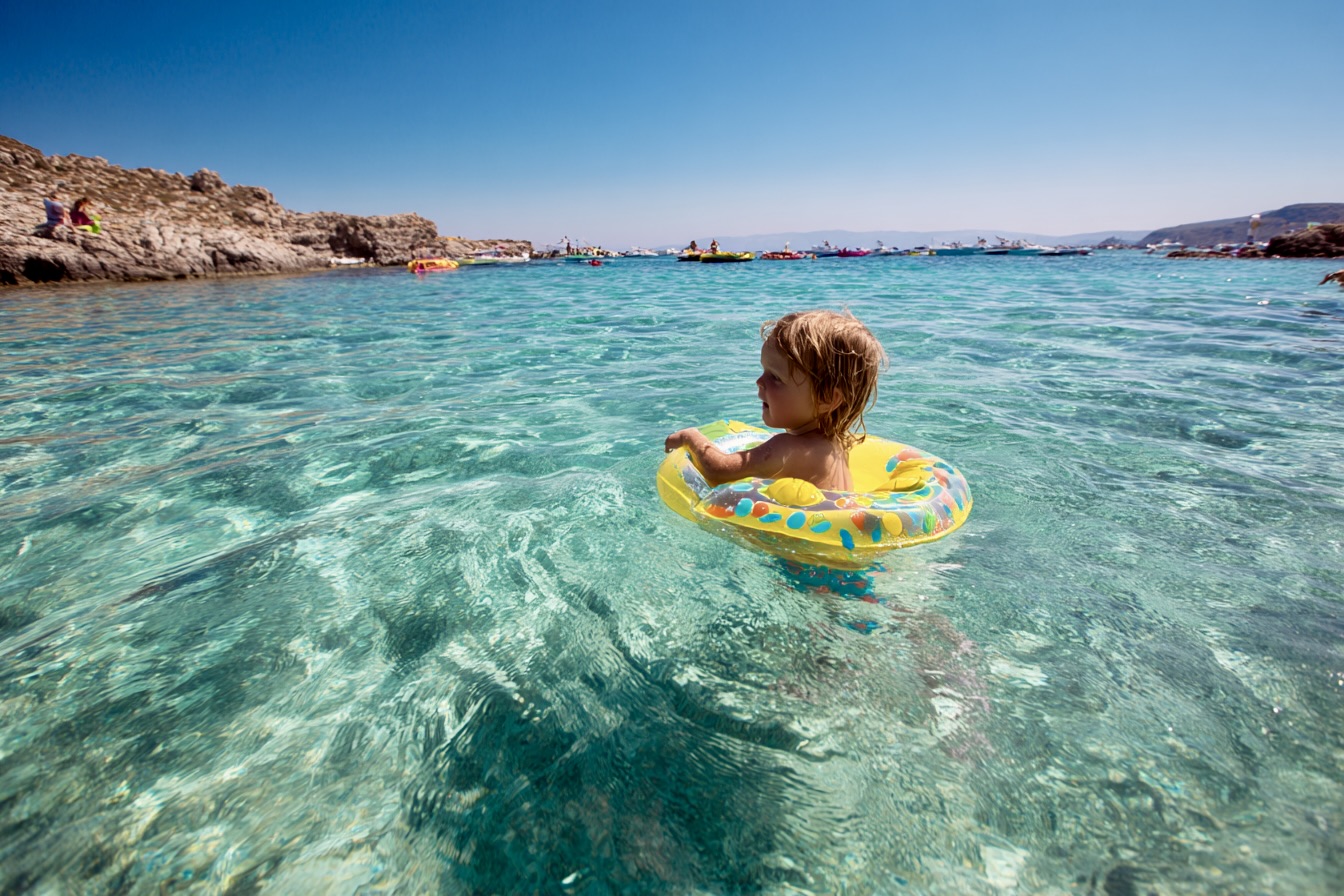Vamos is a village destination in the foothills of Lefka Ori, the White Mountains, a range in western Crete. 25 km from the lovely city of Chania, Vamos sits at a semi-mountainous altitude of 300 metres and is surrounded by farmland and a wild nature buzzing with life.
The history of Vamos dates back to the 8th century when its first inhabitants were Arab pirates. A Venetian census from 1573 notes that the village, documented as Vamou, had 271 residents.
During the period of Ottoman rule, Vamos served as the headquarters of the Ottoman armed forces, while in 1863 a pasha named Savvas selected Vamos as the administrative headquarters for the Sfakia area. However, the people of Vamos proved very patriotic in their revolt against Ottoman rule and a successful battle in 1896 secured liberty for the Cretans.
Vamos flourished while it served as the base for the Sfakia area. Mansions of a neoclassical style were built during this period, and the distinction between rich and poor became very evident.
Luxury houses, which were locally referred to as “konakia”, highlighted the affluence of the upper classes. These homes stood as a stark contrast to the one-room shacks, or “kamarospita”, of the poor. These houses, built with local materials such as stone, wood and soil, continue to impress to the present day as a result of their authentic and traditional character.
The local architecture was greatly influenced by the Venetians up until the 19th century and visiting the village reveals a rich architectural heritage of well-preserved houses, as well as lovely neighbourhoods and gardens. Vamos’ old district is a standout feature, as are the Parthenou Marias chapel, a 13th century monument, and the Karydi monastery, featuring the remains of an amazing olive press with 12 arches.
The Agios Georgios monastery at Karydi, part of the Apokoronas municipality, is situated approximately 2 km east of Vamos. The monastery had been abandoned for many years but was restored in 1996 and reopened. It is the only monastery in the municipality and ranks as one of the the most interesting examples of folk architecture in the entire Chania region.
The large olive press with 12 arches, whose roof has collapsed, is a standout sight of the monastery. Its interior features four olive mills; their built-in bases have survived while the old stone mills have been removed. The large size of the olive press and the four olive mills, not to be found at any other Cretan olive press, is clear evidence of the large quantities of olives that were amassed here for large-scale oil production.
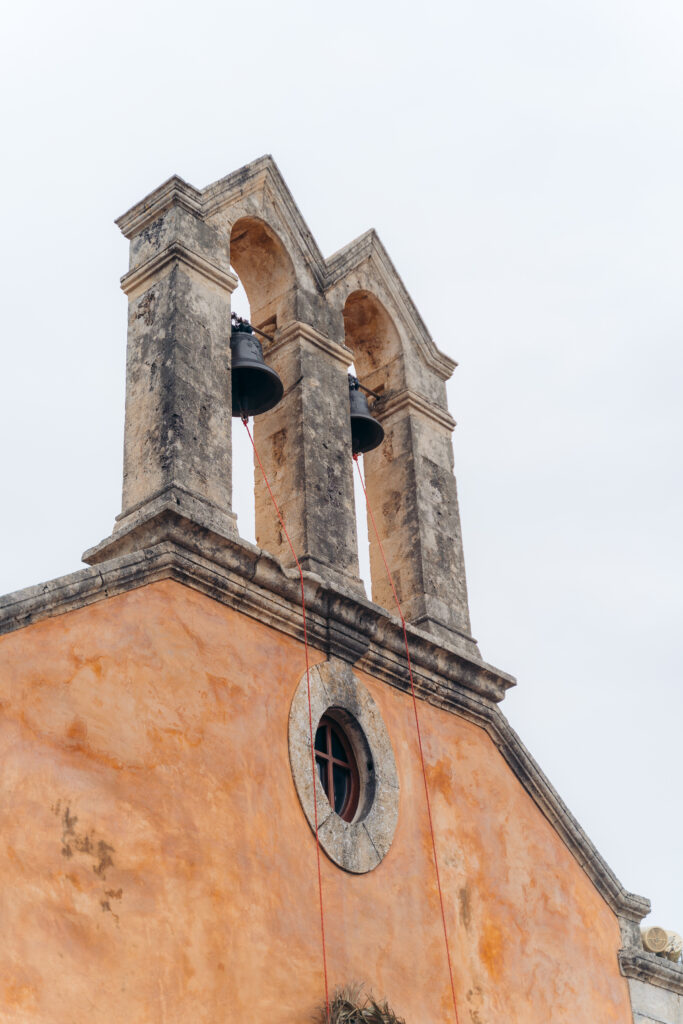
Prior to the establishment of the monastery, the area was a settlement and fiefdom controlled by a Venetian lord, whose mansion survives. When the Ottomans occupied Crete in the mid-17th century, they forced the locals to either abandon the village or convert to Islam. According to historical accounts, four families not only converted but became fanatically anti-Christian. They asked the ruling Ottomans to transform the village church, Agios Georgios, into a mosque. An exhausting tax was imposed on the church priest so that he would be forced to abandon the church and its belongings. Instead, the wily priest transferred control of the church to the Agia Triada Tzagaroli monastery, big enough to meet the tax burden.
Read also:
Oropedio Lasithiou: A special route to the most authentic part of mountainous Crete
Crete’s premium tsikoudia was born through a strong friendship
A village with vast history: A visit to Anogia in Crete will leave you “wealthier”



